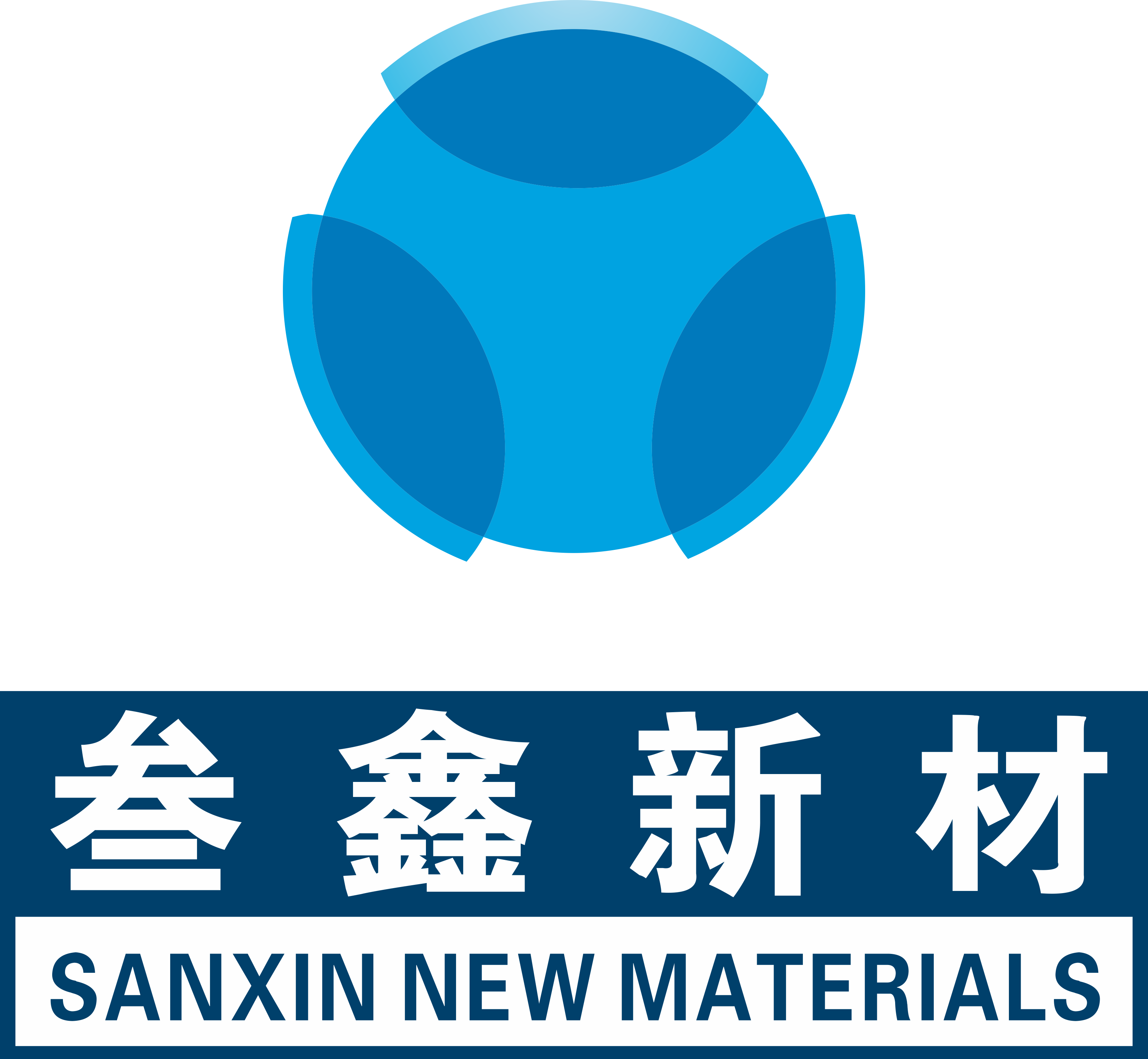Microbeads 0.1mm improves quality of UV (ultraviolet) ink from raw material and grinding process

Making UV (ultraviolet) ink involves mixing several chemical components together to create a liquid that will cure or harden under ultraviolet light. Here is a general recipe for making UV ink:
Ingredients:
Monomer (e.g. acrylated oligourethane or epoxy acrylate)
Photoinitiator (e.g. benzophenone or methyl ethyl ketone)
Pigments or dyes
Solvents (e.g. ethanol or isopropanol)
Instructions:
Start by measuring out the proper amounts of your monomer and photoinitiator. These two components are typically mixed in a 2:1 or 1:1 ratio, depending on the specific formulas used.
Slowly add in the pigments or dyes to the mixture until you achieve the desired color and opacity.
Gradually mix in the solvents, taking care not to over-agitate the solution, which could cause air bubbles to form.
Stir the mixture until all the ingredients are fully dissolved and the ink is homogeneous.
Transfer the ink to a suitable container and use it with an appropriate UV curing lamp to harden or cure the ink.

There are several steps you can take to improve the quality of UV (ultraviolet) ink:
Choose high-quality raw materials: Selecting high-quality monomers, photoinitiators, pigments, and solvents is crucial to making a high-quality UV ink. Make sure to purchase these components from reputable suppliers and use appropriate storage methods to ensure their stability and efficacy.
Control the grinding process: If you are using bead mills to grind your UV ink, it's important to control the process to ensure consistent particle size and dispersion. You can control the grinding time, bead size, and speed of the mill to produce the desired results.
Grinding the pigments can be useful to manufacture high quality ink, agitating small beads in a liquid mixture to reduce particle sizes and improve the dispersion and flow properties of the ink, such as zirconia beads 0.1mm. This can result in a more consistent and uniform ink that produces clearer and sharper images. Bead mill grinding can also be useful for removing any clumps or impurities that may have formed during the ink-making process.
Optimize the ink formulation: Experimenting with different ratios of the various components can help you find the best formulation for your specific application. You can also try adding other additives, such as surfactants or stabilizers, to improve the ink's performance.
Maintain quality control: Regular quality control checks, such as testing the viscosity and color of the ink, can help you identify and fix problems early on. You can also use spectrophotometry or other methods to measure the ink's properties more accurately.
Store the ink properly: Proper storage can help prevent degradation and maintain the quality of the UV ink. Store the ink in a cool, dark, and dry place and minimize exposure to light and heat, which can cause the photoinitiator to degrade.





